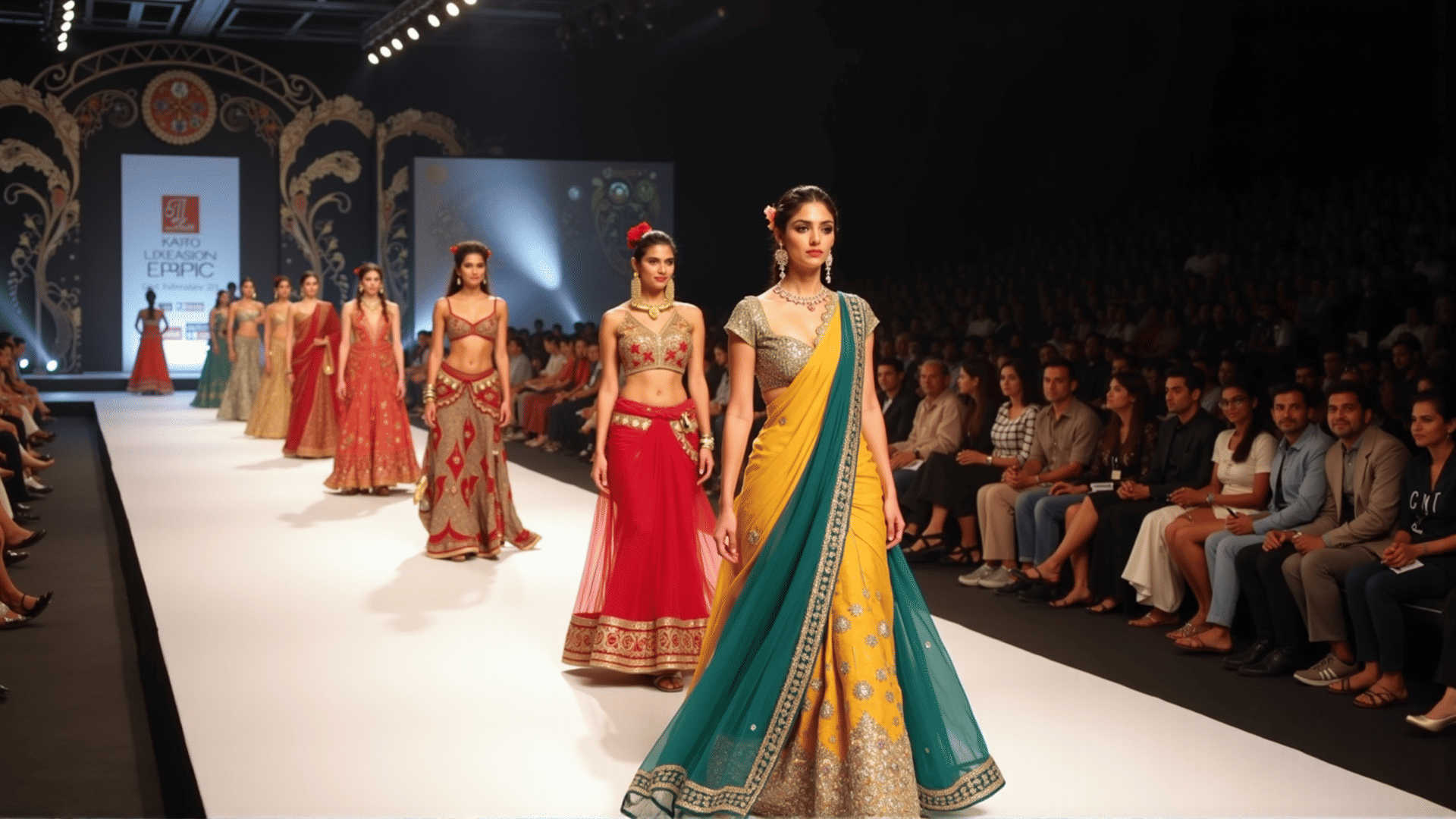In the ever-evolving realm of global fashion, the influence of Indian designers has emerged as a force to be reckoned with. Over the past few decades, these creative visionaries have not only carved a niche for themselves on international runways but have also reshaped the fashion narrative with their unique perspectives, blending traditional craftsmanship with contemporary aesthetics.
Historically, India has been a reservoir of rich textiles, vibrant colors, and intricate handwork, elements that have been the backbone of its fashion identity. However, it is the modern Indian designer who has reimagined these traditional elements, transforming them into avant-garde pieces that captivate global audiences. Designers like Manish Arora, known for his psychedelic prints and vivid palettes, have introduced the world to a bold, eclectic Indian style that defies convention.
Indian designers are lauded for their ability to marry east and west, creating fashion that is both universally appealing and deeply rooted in cultural heritage. Anamika Khanna, for instance, is renowned for her ability to fuse Indian craft techniques with sophisticated western silhouettes, creating pieces that exude elegance and innovation. Her work exemplifies a broader trend where Indian designers employ traditional craft techniques like embroidery, block printing, and handloom weaving, all while experimenting with modern fabrics and cuts.
Another significant contribution of Indian designers on the global stage is their commitment to sustainability. Designers like Sabyasachi Mukherjee and Anita Dongre are champions of eco-friendly fashion, often using organic materials and promoting fair trade practices. This commitment not only respects India's traditional artisan communities but also aligns with a growing global demand for sustainable fashion solutions.
Furthermore, Indian designers have played a pivotal role in challenging and redefining norms related to size, gender, and inclusivity within fashion. With collections that celebrate diversity, these designers often incorporate elements that appeal across age groups, body sizes, and gender spectrums. Rahul Mishra, for instance, has been an ambassador of slow fashion, emphasizing craftsmanship and longevity in fashion, thus fostering inclusivity by shifting focus from fast fashion consumerism to meaningful ownership.
Indian fashion's influence extends beyond clothing into the realm of accessories and avant-garde jewelry, with designers like Amrapali and Nirav Modi gaining international acclaim. These brands tout designs that showcase the intricate and opulent craftsmanship synonymous with Indian tradition, yet are versatile enough to grace international red carpets.
Collaborations with global fashion houses and international celebrities donning Indian designer pieces have further solidified their global standing. Whether it’s Priyanka Chopra in a stunning Ralph & Russo gown with Indian embellishments or global supermodels on the catwalks of Lakme Fashion Week, the visibility and reverence for Indian designers are undeniable.
In essence, the rise of Indian designers on the global fashion stage is not just about aesthetic contribution, but a more profound cultural exchange. It represents an era where fashion transcends borders, celebrating diversity and crafting narratives that resonate across the globe. As they continue to innovate and influence, Indian designers are not just participants but leaders in the dialogue of global fashion, one stitch at a time.
